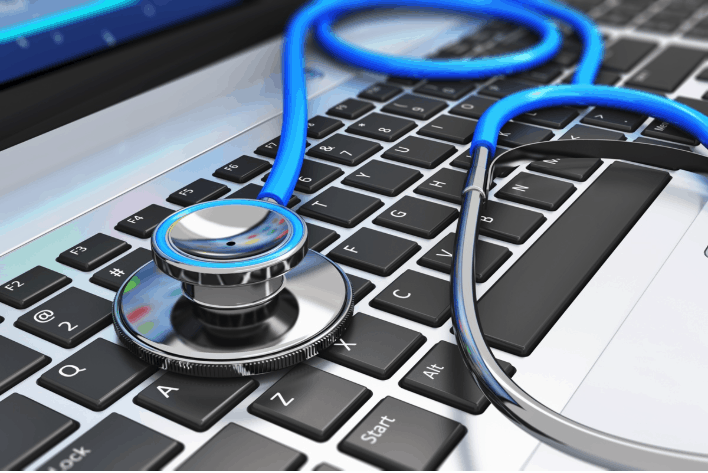
by Scarlett Bayes, Industry Analyst, SDI
SDI recently sent out a census survey, in which we asked our community of service desk professionals what we should focus our content on for 2019. One respondent suggested we theorise what the next support channel will be. This isn’t an easy thing to predict, as there are many technologies which are beginning to be used as support channels which could become mainstream, and many more tech vendors claiming their developments are going to be the next big thing. In 5 years’, business employees could be sitting at their desk and saying “Alexa, log a ticket with IT”.
But I had a crazy idea: what if ‘the next support channel’ isn’t a support channel at all? Let me explain what I mean by that. We are seeing technologies being developed which are self-diagnostic and/or self-healing, and system monitoring tools which can identify and diagnose issues within an infrastructure and prompt a human, be it a customer or service desk staff, to resolve the issue with one click. Vendors such as NexThink, Moogsoft, and Splunk offer AI Operation Analytics (AIOps) platforms which allow IT departments an unprecedented view into their organisation’s infrastructure. In turn, this enables IT professionals to proactively support the business and identify anomalies and issues, potentially before they become disruptive. So it’s not totally unreasonable to think that the next support channel we see rise up within ITSM is simply (or not so simply) self-aware tech which can monitor an entire infrastructure, identify issues before they cause much disruption, and alert an appropriate professional, or even resolve the issue itself.
This would create an IT (or other business) service which is self-sufficient, proactive, and reliable. What’s more, using technology to greatly reduce the number of contacts to the service desk will in turn free up service desk time and resources.
What happens to the service desk?
Some may argue that this would cause the service desk to become redundant, risking job losses. However, SDI research shows that service desk professionals are aware of the changes that technology will bring and understand they need to begin developing their support staff to be able to take on more proactive and complex roles and transcend the role of first line support. Therefore, rather than replacing service desk staff, you could argue that the service desk would evolve to address other areas of service within a business.
Customer Experience and Other Metrics
Should self-healing tech become the norm, it will ultimately reshape the service desk and the responsibilities of the humans that work within it. With Customer Experience (CX) quickly becoming the centrepoint of service for the majority of service desks, and the heavy importance the industry places on other performance metrics, you may be wondering what will happen once the parameters of service change.
I would argue that it would be more of an oversight to not measure performance metrics in this scenario where you are essentially detached from the customer-facing service than it would be when you have direct contact with your customers. Metrics enable support teams to monitor the service and can also act as a tool to communicate value to the business. In this case, the service desk would benefit from being able to demonstrate return on investment (ROI) in terms of the lack of incidents and problems which disrupt performance, as well the more valuable tasks support staff can take on.
As such, the metrics service desk monitor would need to change in order to better suit the changing environment. For example, rather than the traditional Mean Time To Resolve, service desks may need to measure how soon after identifying an issue within the infrastructure the self-healing tech was able to resolve it. This is an example of a metric where the startpoint and outcome are very similar, which then provides the service desk data which can be compared and benchmarked against past performance of a human support team to understand how much more efficient IT support is with a self-sufficient infrastructure.
With CX, you could say that zero incidents or problems would result in a fantastic experience. But the question is: experience of what? CX for many service desks relates mainly to interactions with service desk, and without the need for customers to contact support services in any fashion, is there a need to monitor CX at all? Honestly, that shouldn’t even be a question. The thing that customers experience would change, but it would still be crucial to monitor CX to understand whether the technology working in the background is performing to a good standard, whether customers find any alerting aspect annoying, whether things are slipping through the cracks. Continuing to monitor and use CX data would allow support services to consistently improve the working lives of their customers, as well as business efficiency and productivity. This presents another reason to support the idea that the service desk wouldn’t die off, but it would augment and evolve to fit new requirements that arise with technological developments.























